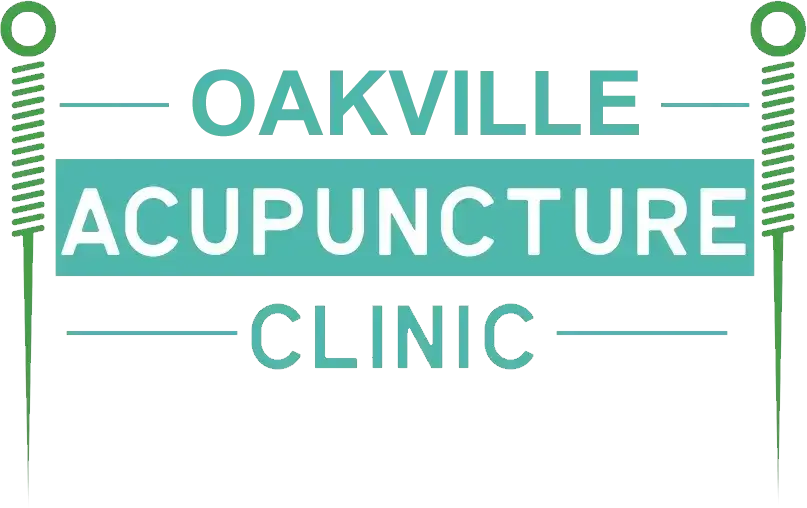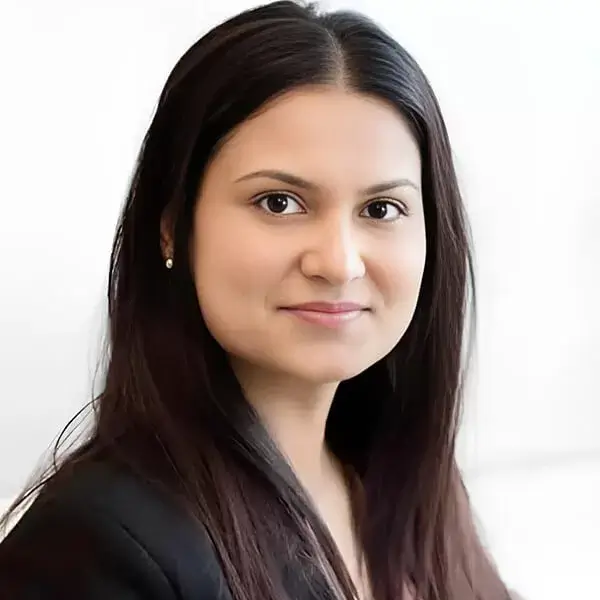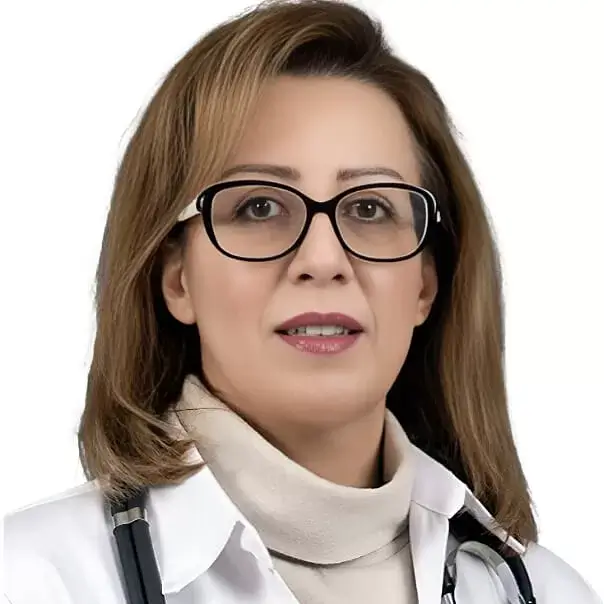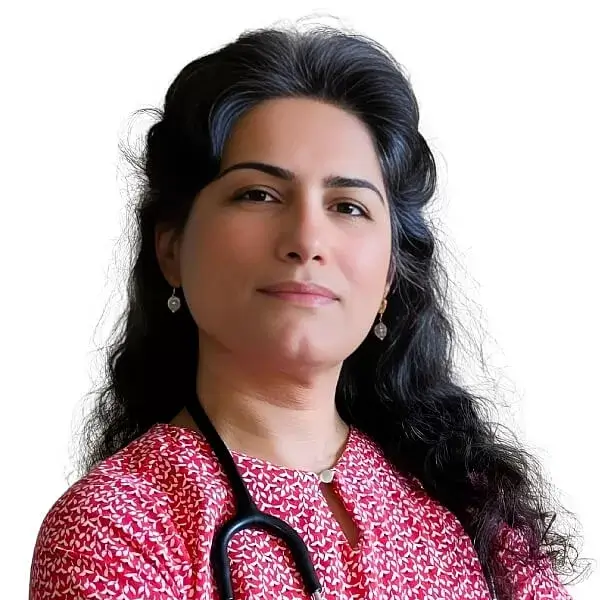5
(245)
Choosing acupuncture as part of your wellness routine is a smart move. With the careful placement of needles, an acupuncturist helps alleviate tension, reduce stress, restore balance, improve circulation, and support long-term health.
Oakville’s Best Acupuncture Clinic
Treatments
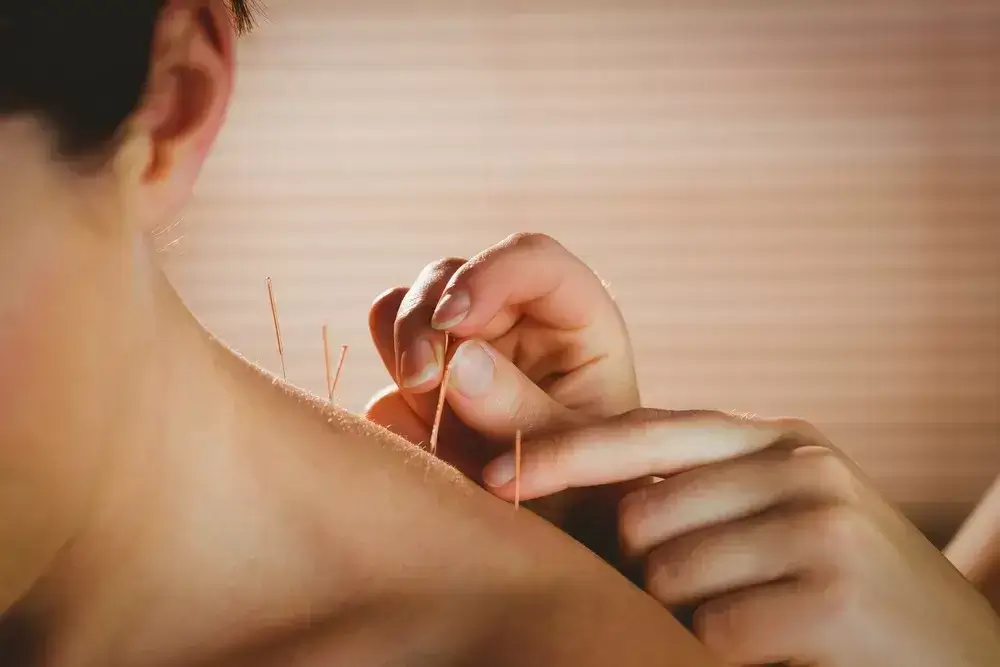
Strokes
A stroke is caused by a disturbance of the blood supply to the brain. Blood flow to the brain can be interrupted if the blood vessels become blocked or bleed. This results in a deficient blood supply to the brain tissues that can be caused by: raised blood pressure, hardening of the arteries, and severe head injury. The brain is divided into area that control different bodily functions. For example: one area of the brain controls speech while another area is responsible for controlling sensations such as touch and pain. The functional impairment that occurs with a stroke is contingent upon which hemisphere of the brain the stroke occurs. For example: if a stroke occurs in the hemisphere of the brain that controls speech, the patients speaking ability may be impaired. In China acupuncture is the primary treatment for strokes while Western medicine utilizes treatments such as speech therapy, physiotherapy, and occupational therapy. The Chinese believe that these methods are less effective then acupuncture and will treat the stroke patient with acupuncture to the scalp and body. Current research work suggests that acupuncture increases the blood supply to the brain and for reasons yet unknown, stimulates the recovery and appears to improve functional ability.
Chinese clinical trials suggest that acupuncture treatment is effective for 80% of strokes. This research is flawed however, due to spontaneous recovery in a significant amount of stroke patients as well as a lack of a clear and exact definition of success and failure of treatment. The claimed Chinese success rate is very high and is often supported by Western doctors as Western medicine has little to offer the stroke patient in ways of treatment. Ideally, stroke patients should receive acupuncture treatment within six months of the stroke occurring. The patient may benefit from the treatment for up to two years, but generally acupuncture can provide little relief if the damage has been present for more than two years.
Neuralgias
The neuralgias are a classification of frequently painful and poorly understood conditions. The more common and clearly defined types of neuralgia will be discussed in the following section.
Trigeminal neuralgia generally manifests as severe unilateral facial pain. The exact cause of the condition remains unclear but painful facial spasms are often caused by cold or wind. The Chinese claim that acupuncture facilitates improvement in 70% of trigeminal neuralgia cases. Western acupuncturists do not claim the same success rate, but it is believed that acupuncture can help alleviate this type of pain.
Postherpetic neuralgia is pain associated with shingles. Shingles is a viral infection of the nerves. The nerves affected by shingles can still send severe pain signals even after the shingles is treated.
Postherpetic neuralgia is not a common disease in China. This may be due to the fact that the Chinese treat all cases of shingles before postherpetic neuralgia can develop. Other possible reasons for the low rate of postherpetic neuralgia in China include diet or racial characteristics. It is more reasonable to suggest that the low rate of postherpetic neuralgia in China is due to the acupuncture treatment of shingles. Current research suggests that 40% of postherpetic neuralgia patients gain some measure of pain relief through acupuncture treatment.
Neuralgias encompass a vast number of aches and pains. Many of these are manifested as facial pain and most cause severe discomfort. Acupuncture is a viable treatment option for this condition although the success rate of treatment will vary.
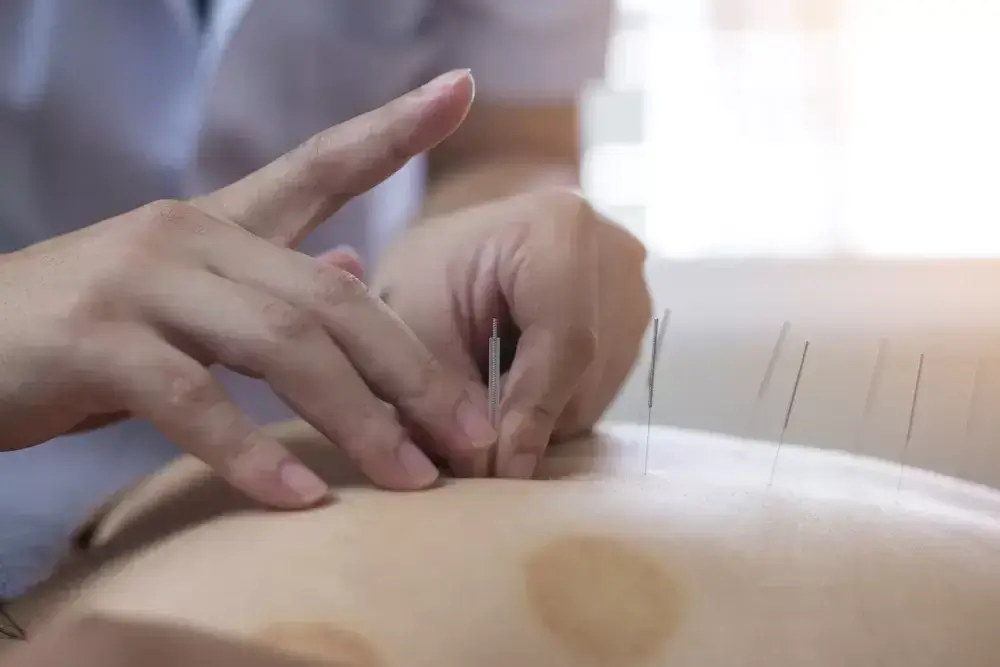
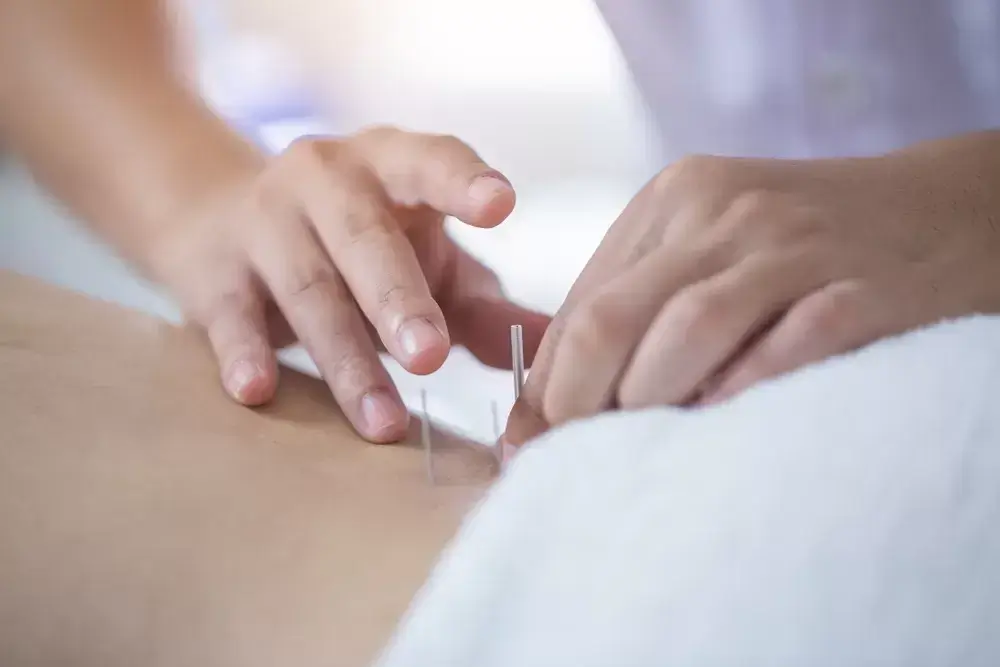
Anxiety, Depression and Other Nervous Disorders
Psychological disorders such as anxiety and depression are difficult to present objectively as the problems themselves are difficult to assess objectively. Due to the highly subjective nature of these disorders, it is difficult to ascertain the success rate of acupuncture treatment for these disorders.
Despite the lack of empirical evidence, many acupuncturists including the Chinese treat a broad spectrum of ’mental disorders‘ with acupuncture. Some testimony states that there is a clear correlation of the effectiveness of acupuncture treatment with some disorders such as insomnia and bed wetting. Acupuncture patients will often report a feeling of overall well being even if they have received treatment for specific problems such as ankle pain. The Chinese have completed trials on some of the serious and clearly defined mental disorders such as schizophrenia. In a trial involving over 400 patients, the Chinese claimed a 54% cure rate for schizophrenia, while another 30% demonstrated ’significant improvement.‘ However, the criteria for evaluating a ’cure‘ or ’significant improvement‘ is not clearly defined and the validity of these numbers is not yet determined. While many claims have been made regarding the effectiveness of acupuncture in treating a variety of ’nervous disorders‘ the empirical data to support these claims is still lacking. A number of research papers do suggest that acupuncture may have a radical effect on many areas of the central nervous system. This work is not yet validated to support the clinical effects of acupuncture therapy.
Nerve Paralysis
There are three major types of nerve destruction that cause paralysis: an inherited genetic condition such as spina bifida, an accident, or a degenerative disease that causes destruction or dysfunction of the nervous tissue.
Chinese research claims that acupuncture can be used to treat the symptoms of spina bifida such as incontinence, but there is current no claim that acupuncture can effect the physiological abnormality of the disease. Traumatic paralysis caused by accidental destruction of the nervous system can be treated through acupuncture techniques. These treatments must be continued for a long period- six months on a nearly daily basis, but Chinese research suggests that 50-60% of patients treated are likely to regain significant function. However, spontaneous recovery of function must be considered in the data.
Facial paralysis (Bell‘s palsy) is a disease that causes one side of the face to lose muscular power. The onset is sudden and the cause is unknown. Acupuncture and moxibustion are possible treatment options for this disease. Chinese claim a 75% acupuncture treatment success rate, but a significant percentage of spontaneous recovery for the disease must be taken into account. The Chinese claim that another 20% of patients receive benefit from acupuncture but not complete recovery.

Other Nervous Diseases
Acupuncture has been claimed to be effective in treating Parkinson‘s disease, nerve deafness, and a larger spectrum of other nerve ailments. These claims have yet to be substantiated through empirical data, but acupuncture can be an effective and beneficial alternative to traditional treatment methods.
About Town of Oakville
Nestled along the shores of Lake Ontario, Oakville is a charming town in southern Ontario known for its blend of urban sophistication and natural splendor. The town is peppered with lush parks and green spaces, such as the renowned Coronation Park, where residents can enjoy lakeside picnics, strolls along the boardwalk, and family-friendly activities in the park’s open fields. Bronte Creek Provincial Park, with its expansive trails and historic farmstead, offers a year-round escape into nature, attracting hikers, bikers, and wildlife enthusiasts alike. These green spaces contribute to Oakville’s reputation as one of the most beautiful suburban towns in Ontario.


Oakville is also home to a variety of vibrant neighborhoods, each with its distinct personality. Bronte Village, located along the water, is known for its cozy restaurants, marina, and community-centered events. The historic Downtown Oakville area offers a mix of trendy boutiques, gourmet dining, and waterfront parks, making it a perfect destination for both locals and visitors. Eastlake, with its stately homes and tree-lined streets, is a quiet, upscale neighborhood ideal for families seeking tranquility and access to excellent schools. From the lively spirit of Kerr Village to the upscale charm of Morrison, Oakville’s neighborhoods each offer a unique experience, making it a desirable place to live or visit.
Major Street Intersections
- Dundas Street (Highway 5)
- Trafalgar Road
- Lakeshore Road
- Speers Road
- Third Line
- Upper Middle Road
- Bronte Road
- Royal Windsor Drive
- Winston Churchill Boulevard
- Ford Drive
- Dorval Drive
- Rebecca Street
- Great Lakes Boulevard
- 16 Mile Drive
- QEW (Queen Elizabeth Way)
- North Service Road
- South Service Road
- Maple Grove Drive
- Burnhamthorpe Road
- Glenashton Drive
Neighbourhood
- West Oakville
- Falgarwood
- Kerr Village
- Clearview
- West Oak Trails
- Bronte
- Palermo
- Ennisclare Park
- Glen Abbey
- Uptown Core
Postal Codes
- Oakville East L6K
- Oakville South L6L
- Oakville North L6H
- Oakville West L6M
- Oakville Northeast L6J
Click on a star to rate it!
